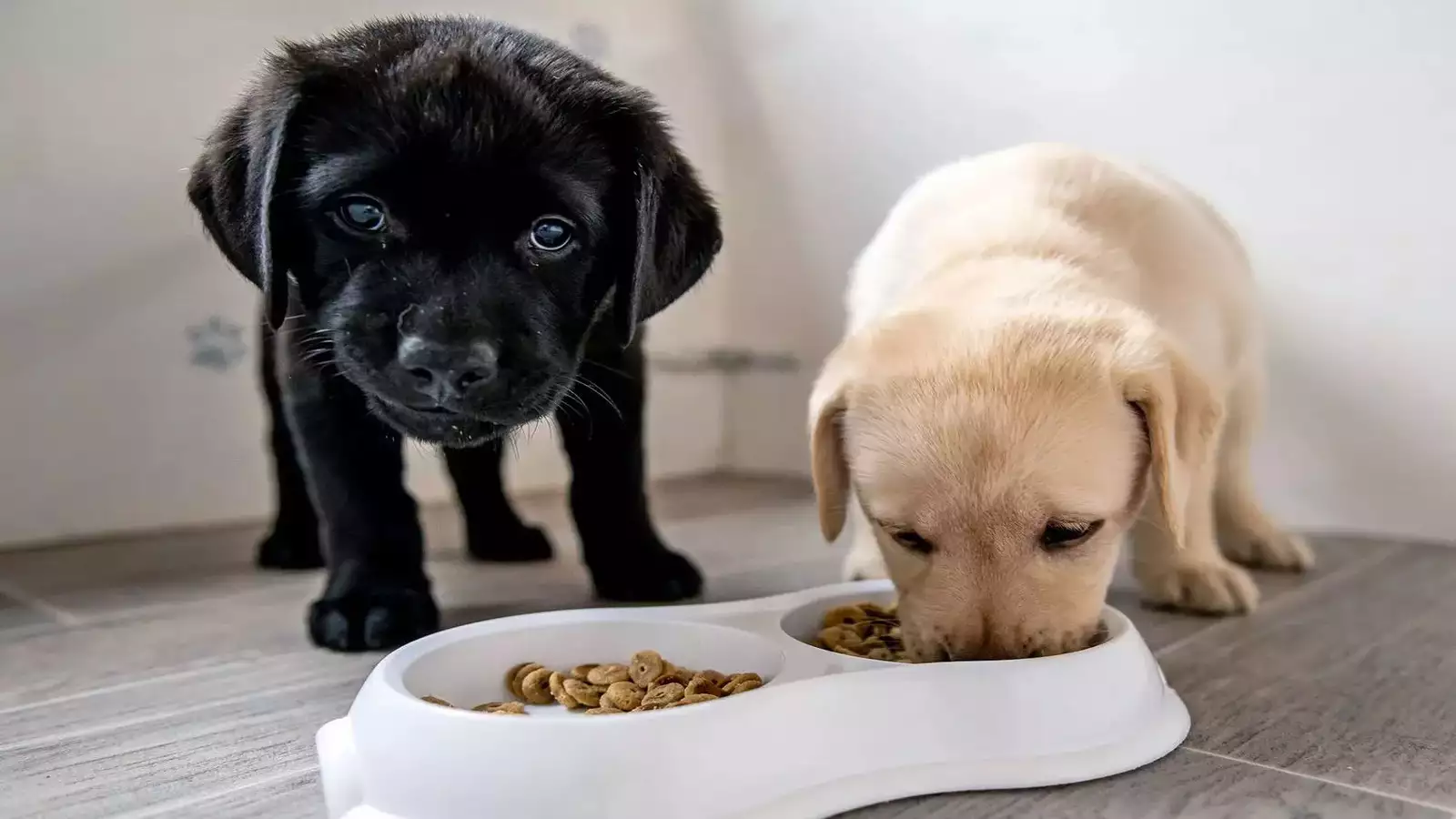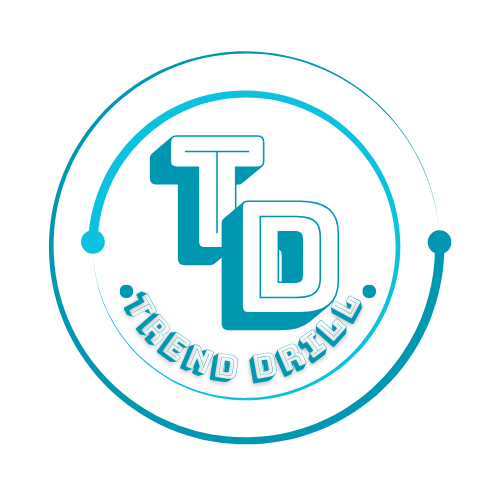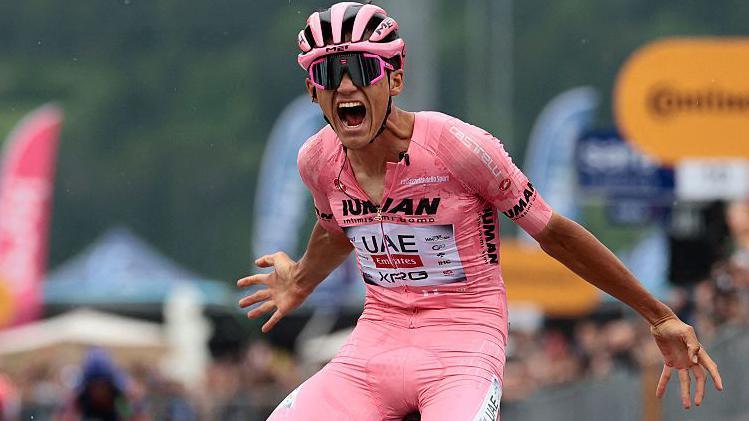
Bringing home a new puppy is one of life’s most joyful experiences—but with it comes a lot of responsibility, especially when it comes to your puppy’s first meal. A healthy start sets the foundation for your puppy’s lifelong well-being. In this guide, we’ll explore what your puppy’s first meal should be, how to feed them properly, and what foods to avoid.
Whether you’ve adopted a small, medium, or large breed puppy, this blog will help you give your furry friend the best nutritional start.
🍼 When Should Puppies Start Eating Solid Food?
Puppies naturally begin transitioning from their mother’s milk to solid food at around 3 to 4 weeks old. This process is called weaning. By the time they are 8 weeks old, puppies should be fully weaned and ready to eat soft or dry puppy food on their own.
✅ Important Tip:
Never rush the weaning process. If your puppy is under 8 weeks and not with the mother, you should use a puppy milk replacer to support healthy growth.
🍽️ What Should Be Your Puppy’s First Meal?
Your puppy’s first solid meal should be:
- High-quality puppy food formulated specifically for growth.
- Easy to chew and digest.
- Rich in protein, fat, calcium, and essential vitamins.
🔹 Option 1: Softened Dry Kibble
Moisten high-quality dry puppy kibble with warm water or a puppy milk replacer. This makes it easier for tiny teeth and sensitive stomachs.
🔹 Option 2: Wet Puppy Food
Canned or pouched wet puppy food is soft and flavorful, making it appealing for first-time eaters. Choose options labeled for “puppies” or “growth”.
🔹 Option 3: Veterinary-Approved Homemade Diet
If you prefer to make your puppy’s food, consult your vet to ensure the right balance of nutrients. A homemade meal might include boiled chicken, rice, and veggies—but only under expert guidance.
🕒 How Often Should You Feed a Puppy?
Puppies need small, frequent meals to fuel their rapid growth. Here’s a puppy feeding schedule based on age:
| Age | Meals per Day |
|---|---|
| 2–3 weeks | Every 4–6 hours (milk replacer) |
| 4–6 weeks | 4 meals (soft/mushed food) |
| 8–12 weeks | 3–4 meals |
| 3–6 months | 3 meals |
| 6–12 months | 2 meals |
💡 Always provide clean, fresh water with every meal.
🚫 Foods to Avoid in a Puppy’s First Meal
Your puppy’s digestive system is delicate, so it’s vital to avoid the following:
- Cow’s milk (causes diarrhea)
- Bones, raw meat, or fatty foods
- Chocolate, caffeine, grapes, raisins
- Onions, garlic, or spicy foods
- Processed human snacks
These can be toxic or difficult to digest.
🐾 Signs Your Puppy Is Eating Well
A healthy puppy will show:
- Steady weight gain
- Energetic and playful behavior
- Regular bowel movements
- Bright eyes and a shiny coat
If your puppy refuses food, vomits, or has diarrhea for more than a day, consult your vet immediately.
📌 Final Thoughts: The First Meal Sets the Tone
Your puppy’s first meal is more than just food—it’s a key moment in their development. Feeding a balanced, age-appropriate meal ensures they grow strong, healthy, and happy. Whether you’re using premium puppy kibble, wet food, or a vet-approved homemade diet, the most important thing is to provide consistent nutrition and lots of love. Your puppy’s first meal plays a vital role in building the foundation for a healthy life. Choosing the right food, serving it properly, and maintaining a consistent feeding schedule will support your puppy’s growth, energy, and development.
Whether you go with softened dry food, wet food, or a carefully balanced homemade diet, remember that the key is nutrition, consistency, and care. And of course—lots of love.
🔍 Keywords:
First meal for puppy, puppy feeding guide, what to feed puppies, puppy food tips, puppy weaning, best food for puppies, how often to feed a puppy, puppy first food







